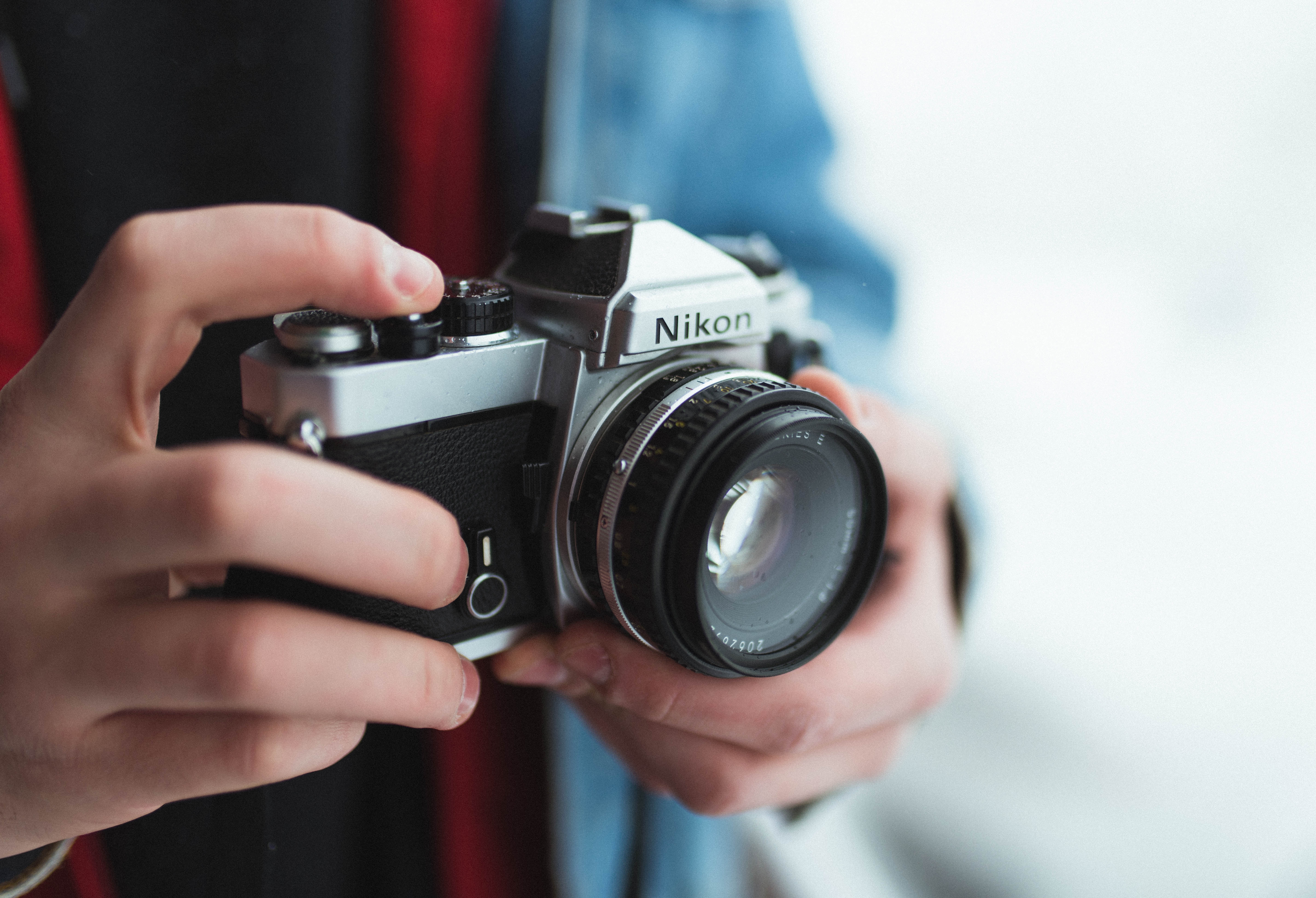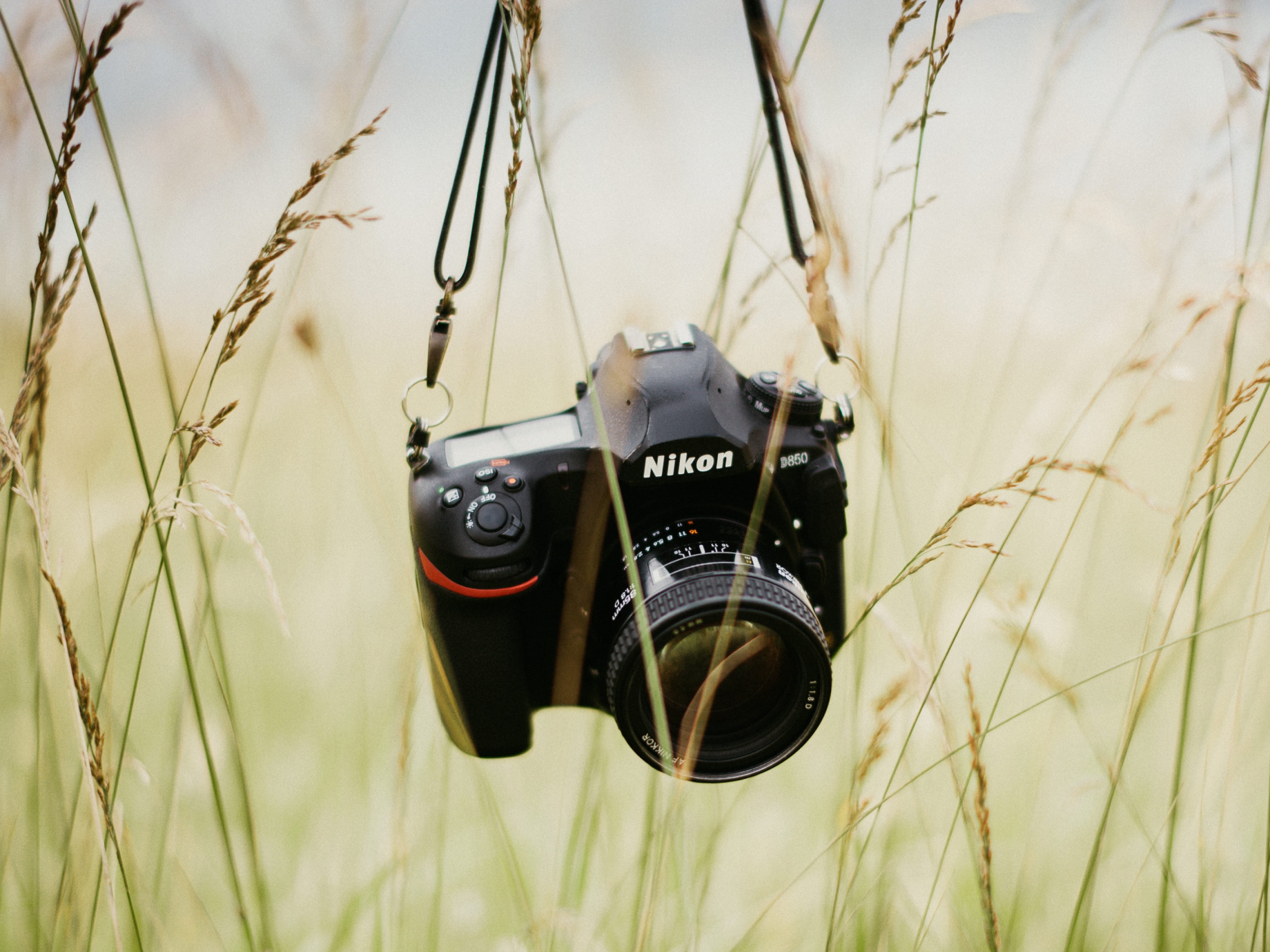
Welcome back to The KEH Tilt-Shift Report, where I share exclusive data and unique insights into the latest trends in camera gear buying, trading, and selling.
Previously, I shared our best-selling film stocks, what camera gear sells the fastest, and I looked at what happens to an item’s value with the release of a new version.
This time, I’ll see which photo brands are trending up, and which ones are not.
The Tilt
To say the last decade has been one of change in the photographic industry would be both clichéd and an understatement. What decade hasn’t seen tremendous transformation, after all? Yet, it does feel like we encountered a perfect storm that seemingly accelerated the evolution of things.
Photography has always relied on technology, and the leaps and bounds we’ve witnessed over the last decade have been truly amazing. We now treat things like superfast frame rates, automatic subject detection, and backlit stacked sensors that basically see in the dark as the norm, but none of these things existed just a few years ago.
Of course, it could be argued that the unexpected rise of the smartphone was the catalyst for most of these advancements, and the resulting creator economy which now drives the industry wouldn’t exist without it.
Speaking of the industry, camera manufacturers have had to embrace change, or face a shrinking market. Most brands answered the call—albeit, some faster than others—while others played catch-up and paid the price.
With this in mind, I thought it would be fun to look at which brands are well-equipped for the future, and which ones are maybe in a bit of trouble.
The Shift
There’s a number of ways we could look at this using data, but I wanted to keep it simple this time—plainly, which brands are growing in sales over the last three years, and which ones are not. We’ll look at how brands are trending from the beginning of 2019 to the present.
Of course, there are a number of factors that are key to interpreting this data, and since we sell mostly used product, our view into the trends are quite unique, but still, telling. Sales are up across the board, and the used market is bigger than ever, so keep that in mind as you read on.
Rather than looking at individual growth for the following brands, a good way to go about it is to look at brands in comparison to their competitors, and you’ll get a better picture of how they fit into the industry at this moment.
First, let’s look at the biggest names.
Sony, which has been a leading source of innovation with its mirrorless line from the original Alpha a7 all the way to the latest, top-specced a1, is faring well for the future. Sales have risen a whopping 79% for us since 2019, and the brand has established itself as a clear leader. The lens lineup is very mature at this point, and they’ve continued to innovate with new bodies that are highly competitive across stills and video.

Moving on, it’s good to see that Canon, which was slower on the uptick with the transition to mirrorless, has caught up in recent years, especially with the release of the R5 in 2020. Our Canon sales are up a whopping 105% over the last three years, and there’s no sign of slowing down as the Japanese retailer looks to ramp up with new lens releases.
You can’t talk Canon without bringing up Nikon, of course, who were also late to the mirrorless party, yet managed to grow by a sizable 79% since 2019. While they definitely ran into some bumps in the road, and are perhaps still trying to find a smooth lane, the introduction of the powerful and well-received Z9 over the last year has certainly shown some promise for the short term.
The biggest surprise out of this group is a brand that has never been top-tier, but has certainly always been competitive and innovative—Fujifilm. They’ve really carved out a good niche in the market with the X-mount and medium format GFX products. Our Fujifilm sales have increased by a massive 152% over the last three years.
Another notable good performer—the L-mount alliance.
Leica has grown by 59%, Panasonic by 56%, and Sigma by 83%. The fact that these three brands have partnered to share tech and support each other has certainly had an impact on the viability of their products, providing some fellowship as they head up the road.
Even Olympus, which was sold off recently and whose future development of Micro Four Thirds products is uncertain, showed modest growth with a 23% increase in sales since 2019.
So, who hasn’t done quite as well?

First, there’s Pentax, who suffered a 13% decrease in sales. The storied Japanese brand has chosen to stick with DSLRs and not join the mirrorless revolution, and they’ve paid for it in relevance, it seems. The trend isn’t promising, but it also means their excellent products can be had at lower prices these days.
Samsung, who abandoned the camera industry altogether (if you don’t count their smartphones) has predictably done the worst—a 51% drop in sales over the last three years. It’s a shame they chose to get out, as they were once at the forefront of bringing smartphone features and easy connectivity to camera bodies, something that we’re still lacking to this day.
Hasselblad has certainly stalled a bit in recent years, with a 7% drop. Their dominance in the digital pro medium format market has been cut to size by Fujifilm’s GFX line, and the Swedish brand has struggled to find its footing with new products as of late. They certainly still have their fans from the film days, but it would be nice if they could manufacture a hit with the masses to fully cement themselves in the digital age. DJI has a majority stake in Hasselblad, and it’s unclear how they plan to leverage the storied brand for the future.
A name that is historically associated with Hasselblad is Zeiss, and they’ve also struggled, showing an 8% dropoff in sales over the same period. Seemingly, the long-standing optics brand has abandoned the photography space since the ill-fated ZX1 back in 2020, and they have since focused their efforts on cinema gear and scopes instead.
If we look at other third-party lens makers though, most have found success.

Namely, 7Artisans has exploded onto the scene. Our sales shot up 1,007% over the last three years, for sure helped by their aggressive launch campaign within the US. With affordable price points, multi-mount product lines, and good reviews behind them, the Chinese brand came out the gate swinging, for sure.
Similarly, the Korean brand Samyang also showed promising results with a 128% increase in sales since 2019.
Moving on,Tamron posted an 84% uptick, and Voigtlander also went up by 74%. Tokina is steady at 13% up, while newcomers Viltrox, Mitakon and Venus Optics are doing quite well with increases by 5,340%, 132%, and 161% respectively. That huge increase by Viltrox is a bit misleading since they’ve released most of their products within the last two years, but still, impressive.

Another huge recent factor is the resurgence of film, causing legacy brands in the film space to see a healthy increase in sales. Mamiya posted a 55% increase, Contax is up by 25%, and Bronica 43%. All these brands are now defunct, but with such good sales, it would be great if we started seeing them come back into the fold.
When it comes to accessories, the big winners are Benro (+406%), Peak Design (+400%), Godox (+265%), and Manfrotto (+46%). Seems like in the accessory game, smart design, reliability, and affordability never go out of style.
So, what do you think? Pleased to see your favorite brands doing well, or do you have concerns for the viability of your kit? As always, let me know in the comments, and I’ll return next month with another topic for The KEH Tilt-Shift Report.




